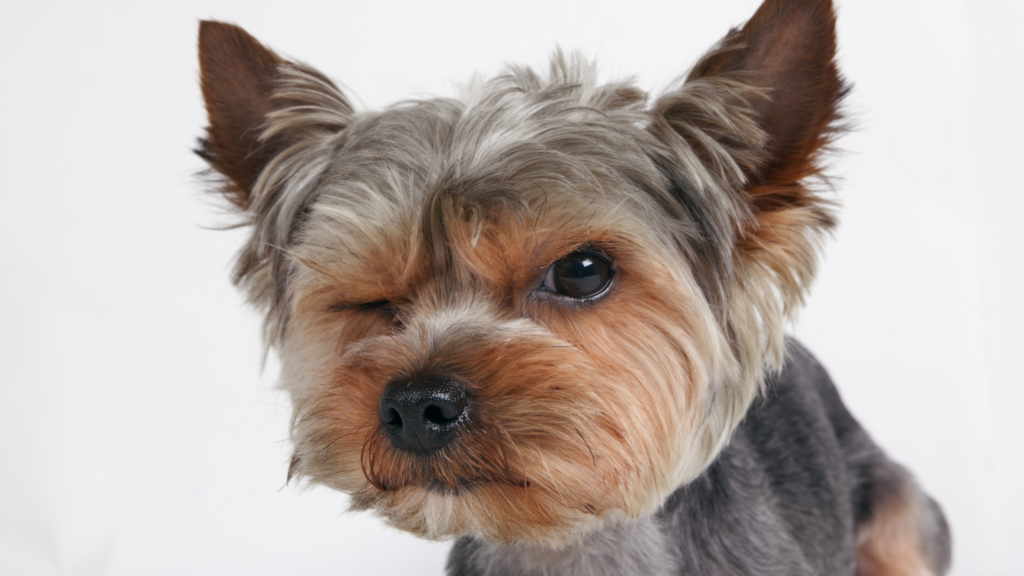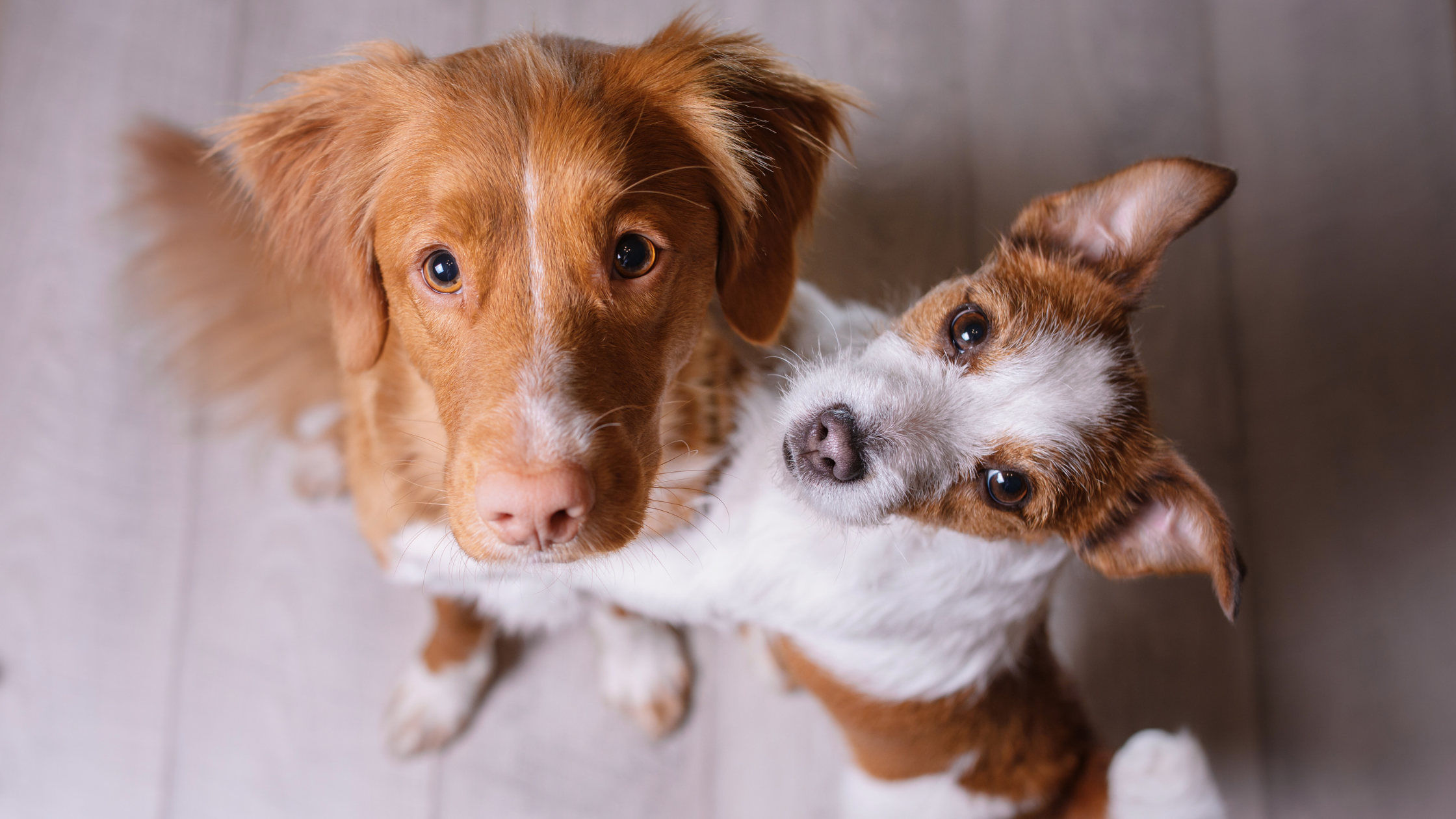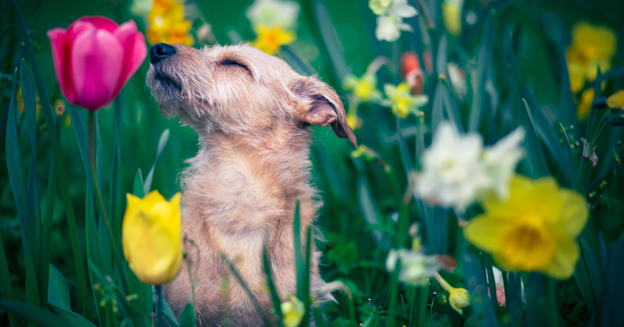This Article is courtsey of Poop Patroller Dog Poop Removal Service
So, you love being a pet parent with one dog and you’ve got more love to share. You may find yourself considering bringing another dog into your home, whether it’s a new puppy or an older rescue. Introducing a new furry companion to your household can be an exciting and rewarding experience, but it can also pose some challenges. Fortunately, we are here to lend a helping hand. In this informative piece, we will impart five valuable tips that will guide you in successfully introducing another dog to your home.

1. Prepare your home for the new dog
Getting your home ready for the arrival of a new dog can be instrumental in creating a seamless adjustment period for both the new pup as well as any other pets or members of your family. Taking the time to adequately prepare your space can make everyone feel comfortable and at ease during this exciting transition. To start, choose a space in your home where the new dog will spend their first few days, such as a separate room or area blocked off by a baby gate. This space should be equipped with a bed, food and water dishes, and toys for the new dog.
2. Take introductions slow and steady

One of the most important tips for successfully introducing another dog to your home is to take introductions slow and steady. This means giving both dogs time to adjust and get to know each other gradually. It is best to start with short, supervised interactions, such as walks, in a neutral territory before moving on to longer periods of interaction at home. Allow the dogs to smell and explore each other carefully and observe their body language. It’s also important to avoid forcing the dogs to interact if they are not ready, as this could cause stress and tension.
3. Provide your current dog with extra attention and reassurance
As you prepare to introduce a new dog to your home, don’t forget about the feelings and needs of your current furry friend. Especially in the case of older dogs, this can be a confusing and stressful time. Be sure to give your current dog extra attention and reassurance. Spend more quality time with them, give them extra treats and cuddles, and provide a comfortable and safe space where they can rest and retreat if they feel overwhelmed. Paying attention to the needs of your current dog will help them feel secure and minimize the risk of negative behaviors during the introduction process.
4. Incorporate positive reinforcement techniques
Use positive reinforcement techniques to encourage good behavior and build a positive association with the new addition. When making introductions or when encouraging interactions an effective technique is to use treats as a reward for good behavior. Praise and affection are also important forms of positive reinforcement that can help your new dog feel welcomed and accepted in their new environment. Take the time to give your new pup individual attention and training sessions, ensuring they feel valued and engaged. Remember to stay consistent with your rewards and positive reinforcement, as dogs thrive on routine and consistency.
5. Take time to address any behavioral issues early on
By taking the time to address any behavioral issues early on, you’re setting both dogs up for a positive and harmonious relationship in your home. Addressing behavioral issues like aggression, possessiveness of toys or food, or a lack of socialization is crucial in preventing conflicts between dogs. One effective strategy is to establish a clear hierarchy in the household, with you as the pack leader. Set rules and boundaries and provide each dog with their own space and resources to minimize competition and possessiveness. Seeking the guidance of a professional trainer or behaviorist can also be beneficial in addressing complex behavioral issues.
By following the five tips outlined in this post – creating a neutral space, practicing positive reinforcement, monitoring interactions, being consistent, and seeking professional help if necessary – you can increase the chances of a smooth and happy transition for both your new dog and your existing pet. Remember, with patience, care, and attention, your new furry family member will soon feel right at home.





